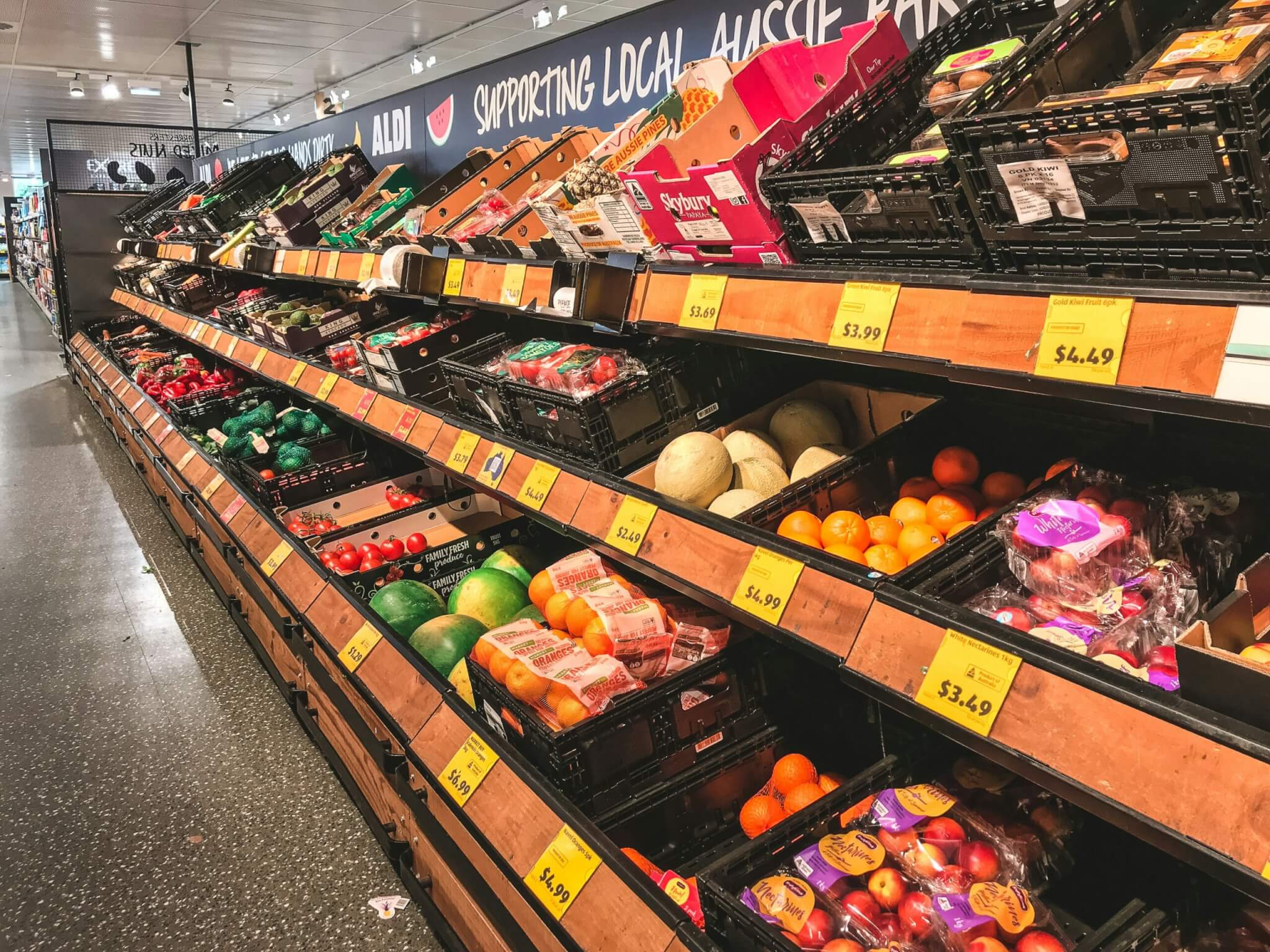I got gloomy about mud too soon; the sun is back, the ground is remarkably dry underfoot again and the picking is good, if slightly delayed in the mornings while the frost melts. It is always hard to know how crops will thaw if you pick them with frozen leaves; they can turn to mush, so it is better for the crop and the fingers to wait for the sun, even though it can be a struggle to get the picking done before the light goes. Given enough pairs of socks and good boots, cold and dry is great working weather once the heat builds up in your overalls.
Wherever people grow vegetables there is kale; everywhere from the Equator to Norway, growers have selected varieties to suit local growing conditions and culinary tastes. We grow Cavolo Nero (Italian and regally smug), Red Russian kale (sweet and tender though I’m not sure it is Russian at all; I first encountered it on a roundabout in Spain) Hungry Gap kale (tender, smooth and from Devon; planted too early this year so some has been in your boxes already), and Curly Green (frilly and reliable, if occasionally a bit tough) plus a few trial varieties. Of all the cultivated brassicas (swede, sprouts, cauliflower, broccoli, cabbage, bok choy, mustard, etc.) kale is the least altered from their wild ancestors, which can still be found growing above the high tide mark on gravelly beaches near us.
As with all leafy veg, the most nutritious parts of kale are the dark green outer leaves which with its loose, leafy formation, is all of it; perhaps the reason some herald it as a superfood. Apart from being extraordinarily good for us (off the scale for vitamin A, high in vitamin C as well as Omega 3, antioxidants and fibre), it is also pretty easy to grow. Its indeterminate growth habit makes it particularly well suited to cut-and-come-again harvesting; even on a square metre you can have a regular supply of greens from September to April. We generally pick the crop three times, removing the lower leaves while they are unblemished and tender, leaving the palm tree-like apical meristem to generate more leaves. By February, with lengthening days, most varieties are starting to run to seed so we take the head in a final pick and turn in the cattle to eat what’s left, so not one leaf is wasted.










0 Comments